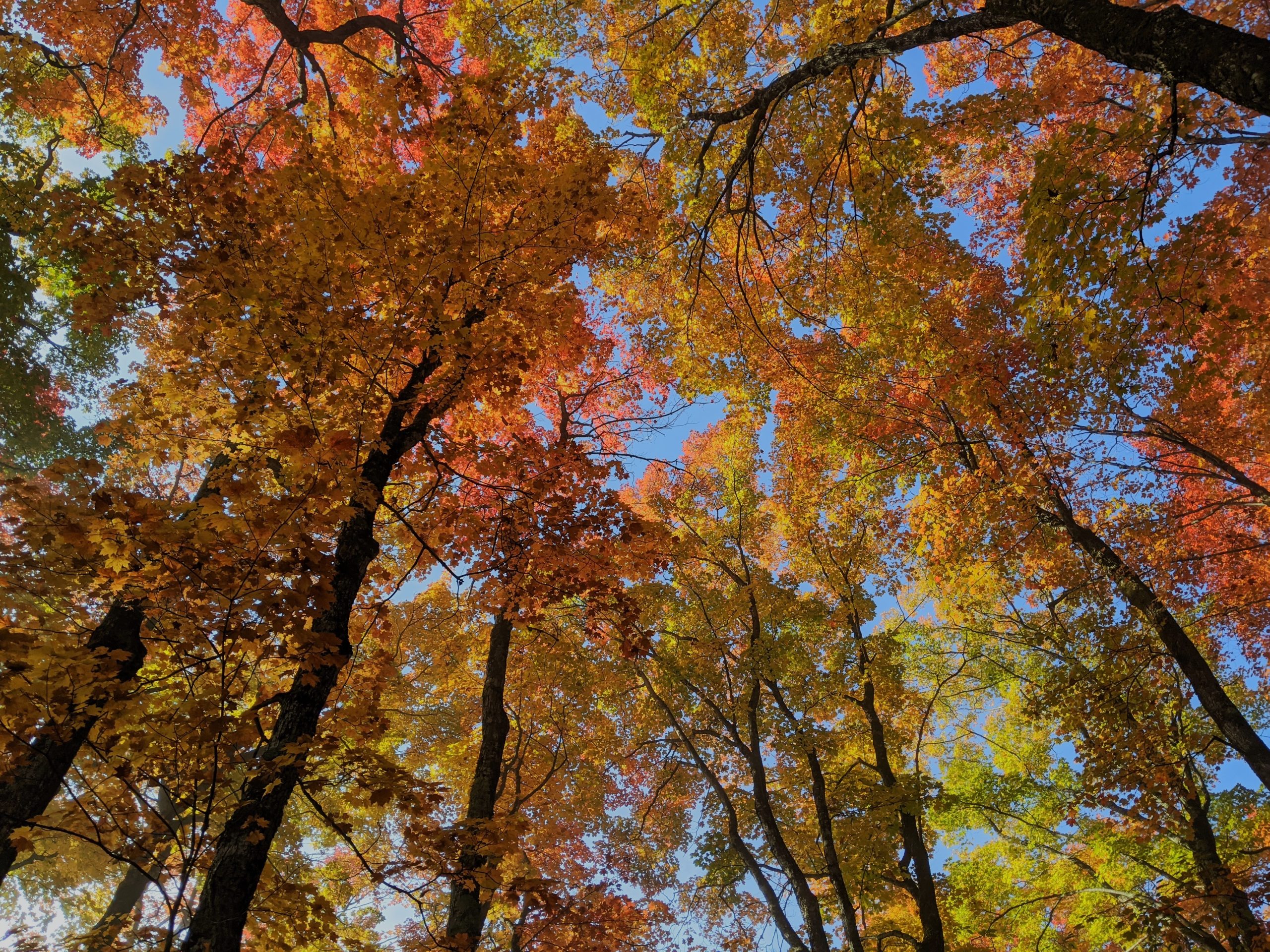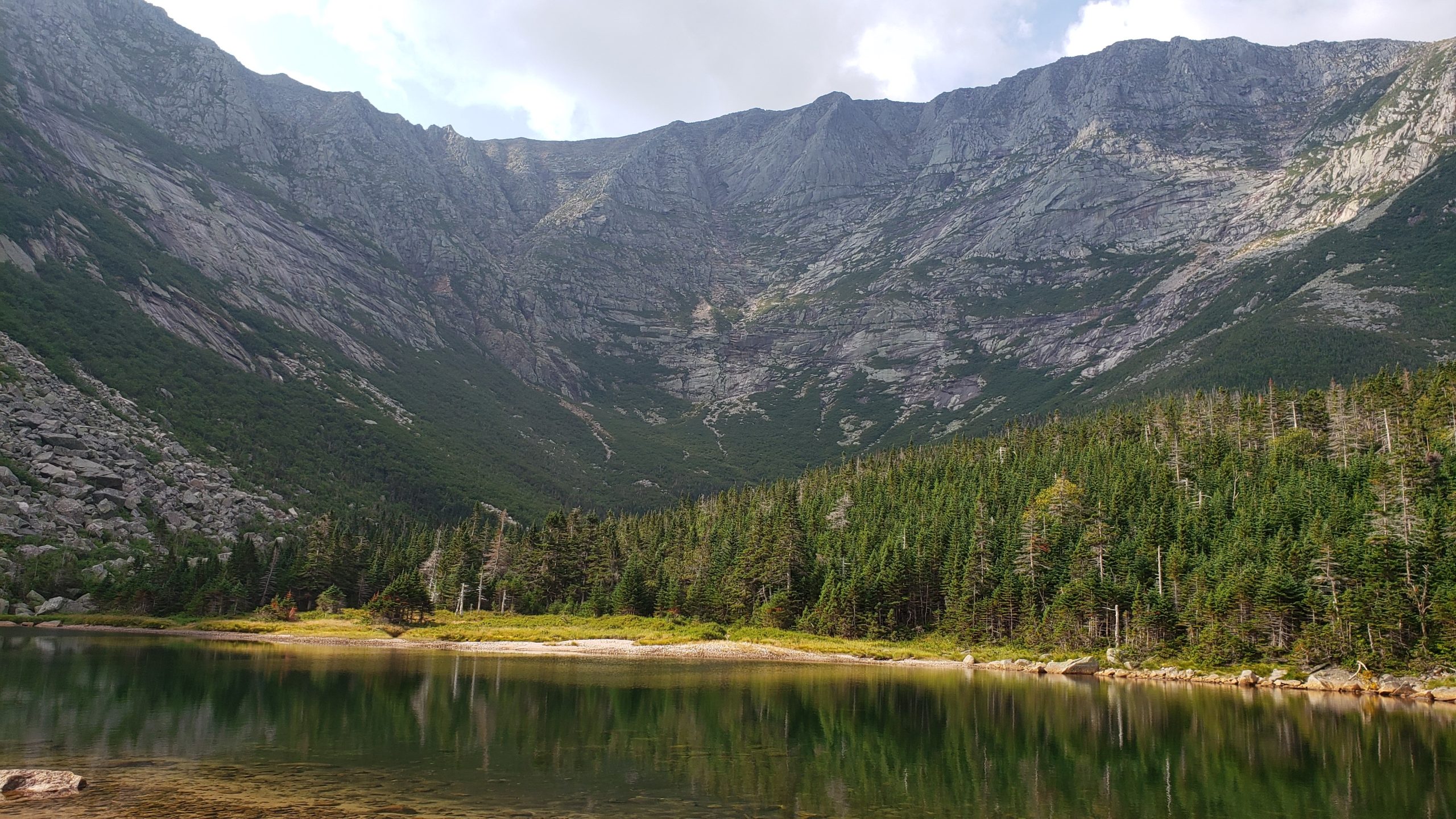
Spider & bromeliad, Santa Fe National Park, Veraguas, Panama (March 2023).
A spider hunts above an epiphytic bromeliad in the canopy of Santa Fe National Park, Veraguas, Panama. Photo credit: Michelle Spicer

A spider hunts above an epiphytic bromeliad in the canopy of Santa Fe National Park, Veraguas, Panama. Photo credit: Michelle Spicer

One of the research sites in the Cerrado in eastern Brazil where soil, roots and tree above-ground carbon stocks were studied. Photo credit: M.C.N.S. Terra.

Senescing leaves in a temperate forest in Québec in autumn when pigments other than chlorophyll become visible to human eyes. Detecting these pigments by optical sensors in the growing season helps study plant form & function across space & time. Photo: Anna Crofts

This native prairie in Southern Saskatchewan was burned by uncontrolled wildfire in 2017. It has been studied since then to determine the effects of fire severity on the long-term recovery of both species composition and productivity. Photo: Sera Grover

Cliffs and treelines on the north side of Katahdin in Baxter State Park, Maine, as seen from the edge of Chimney Pond. Treelines are shaped partly by climate and they can shift upslope with climate warming. Photo: Jordon Tourville

Recently burned area in the Rogue River-Siskiyou National Forest, Oregon. Drought and fire interact in driving forest composition and structure. Understanding species interactions is essential to predict forest functioning under future climate. Photo credit: L. McKinley Nevins.